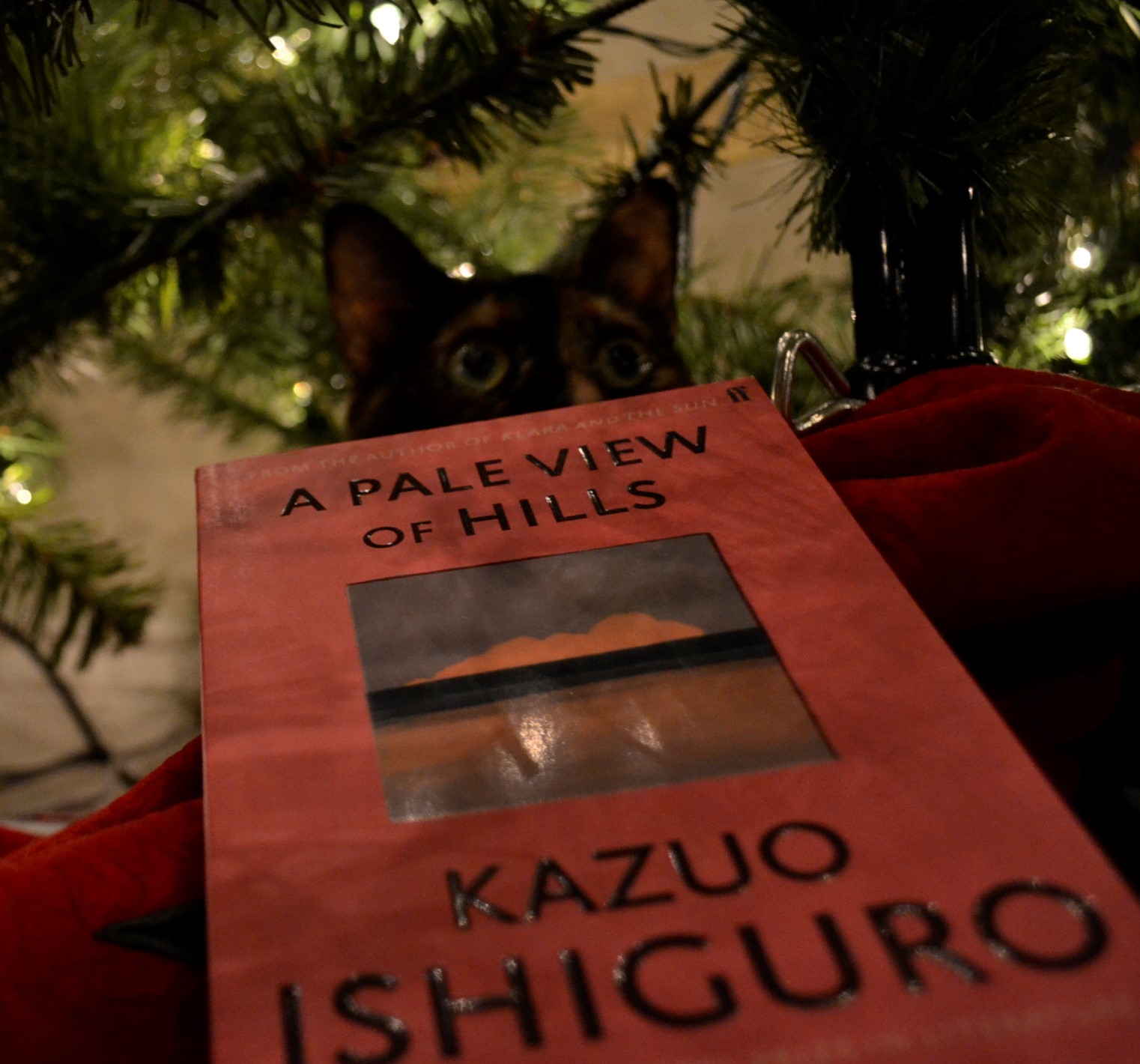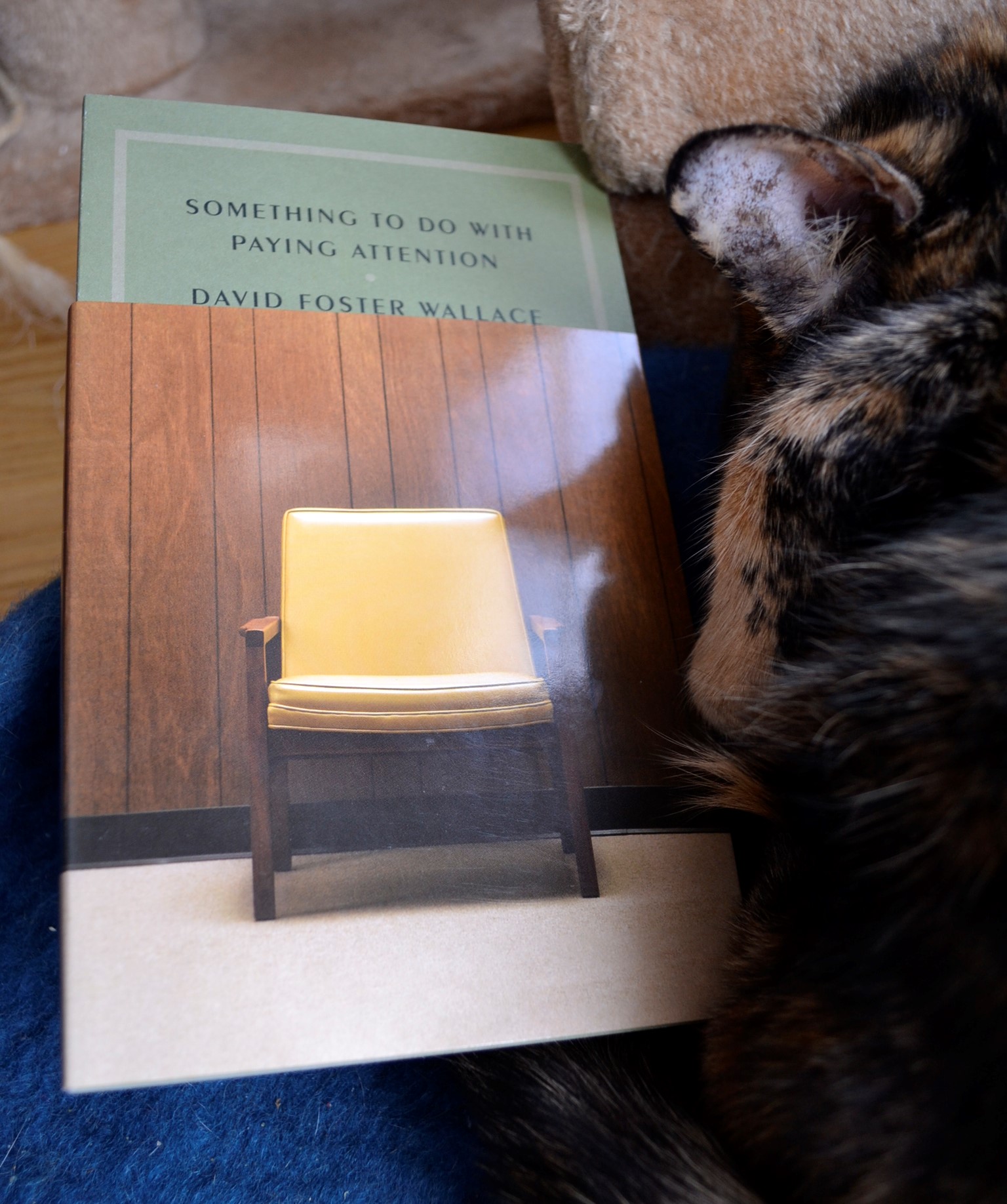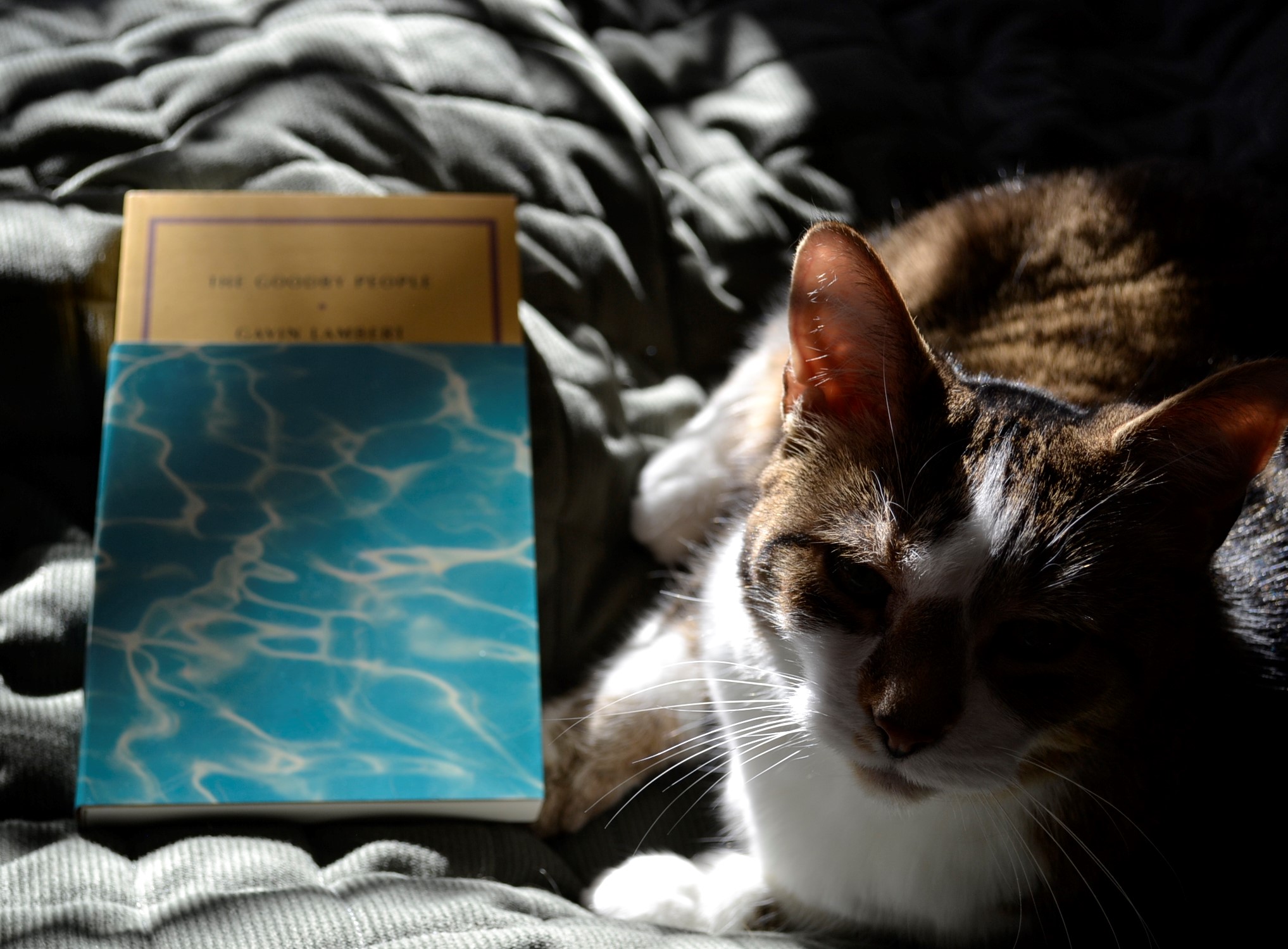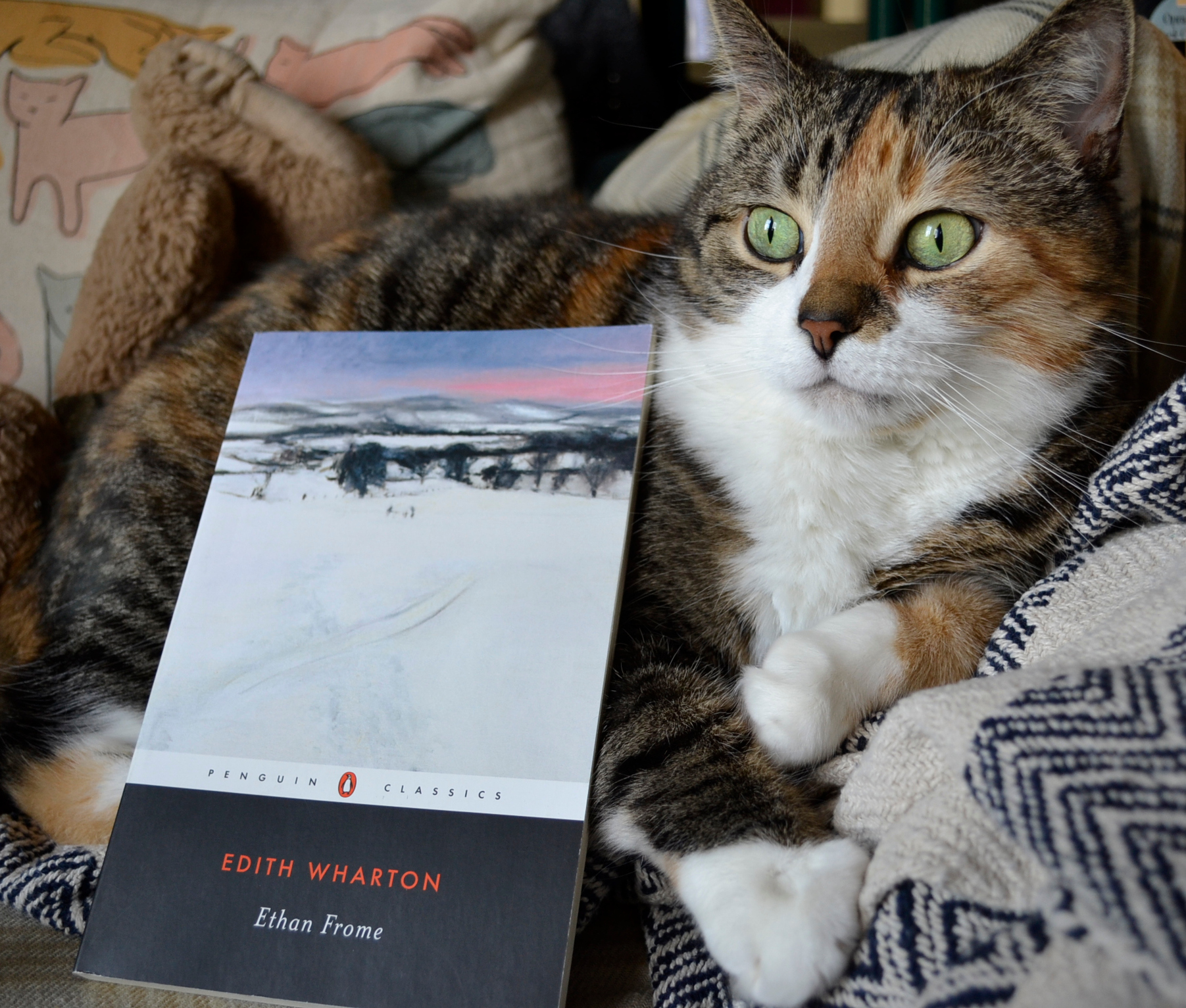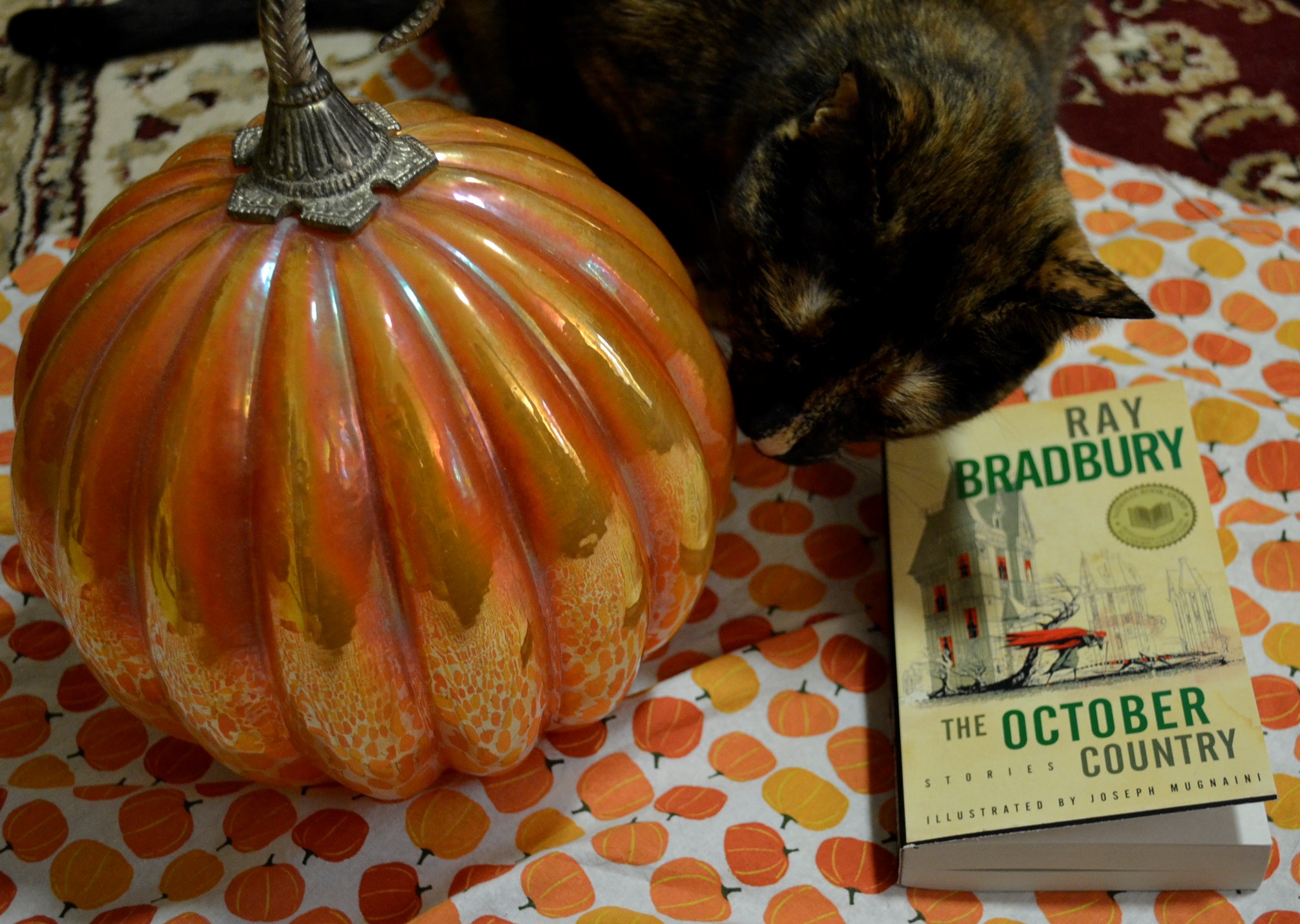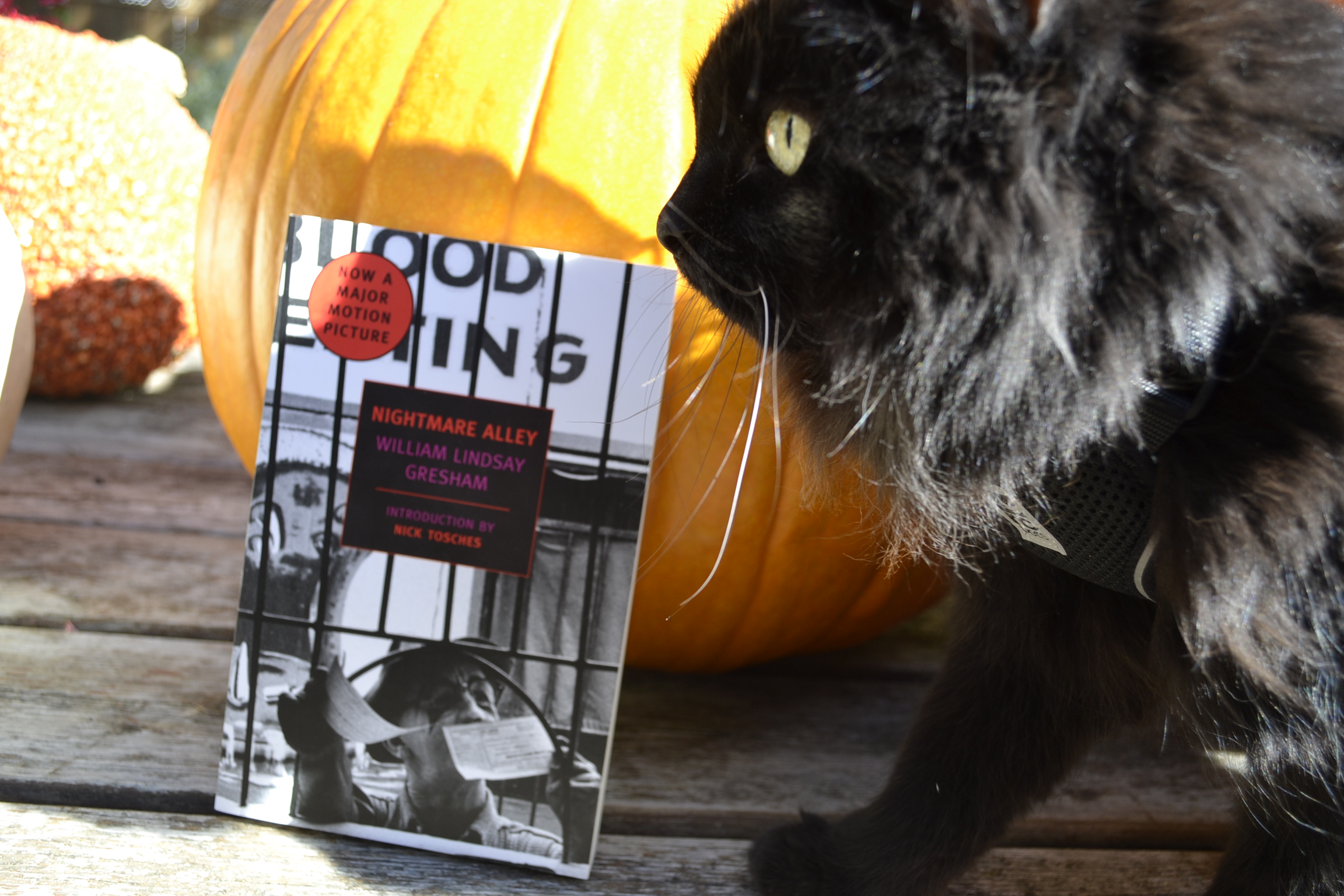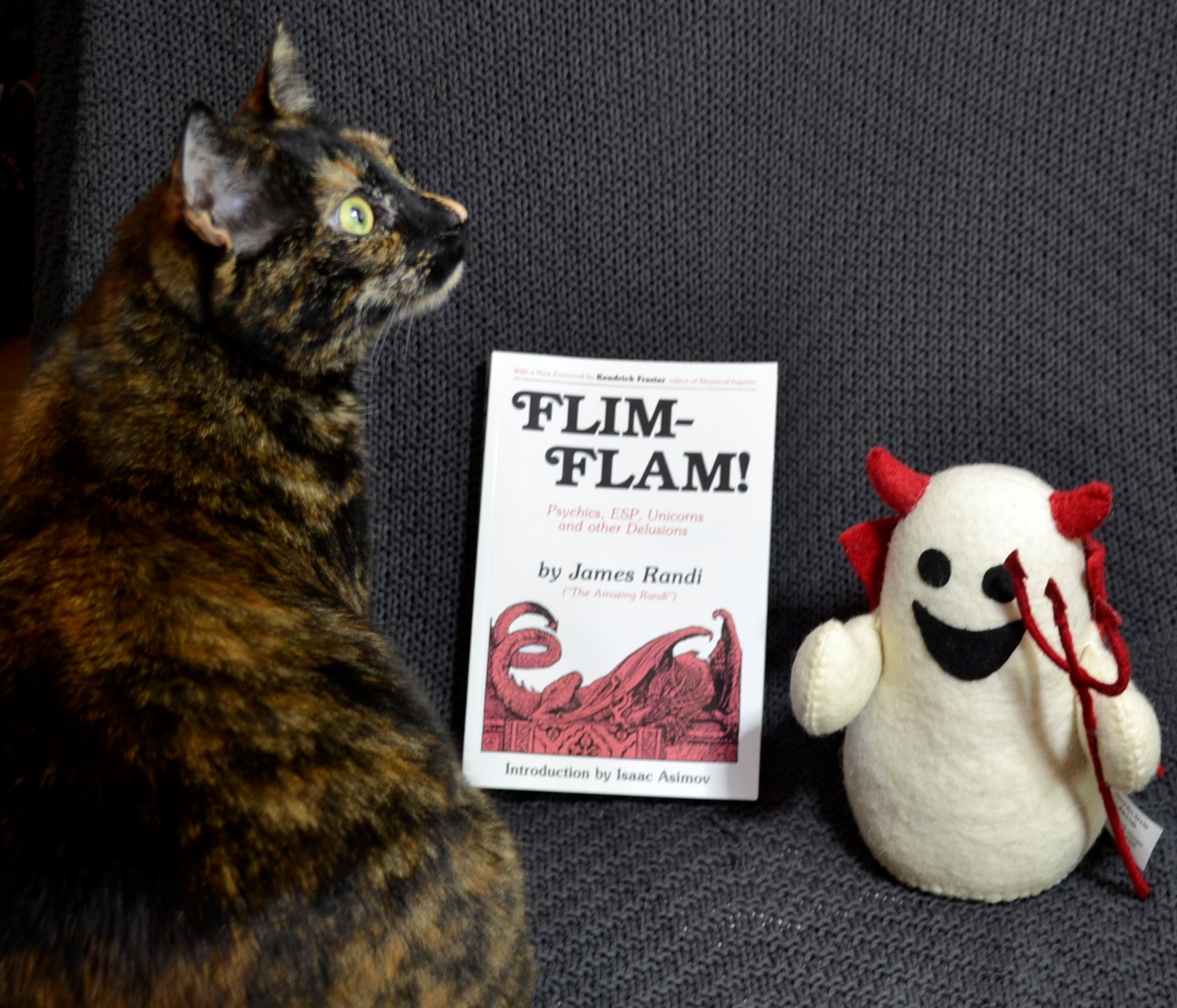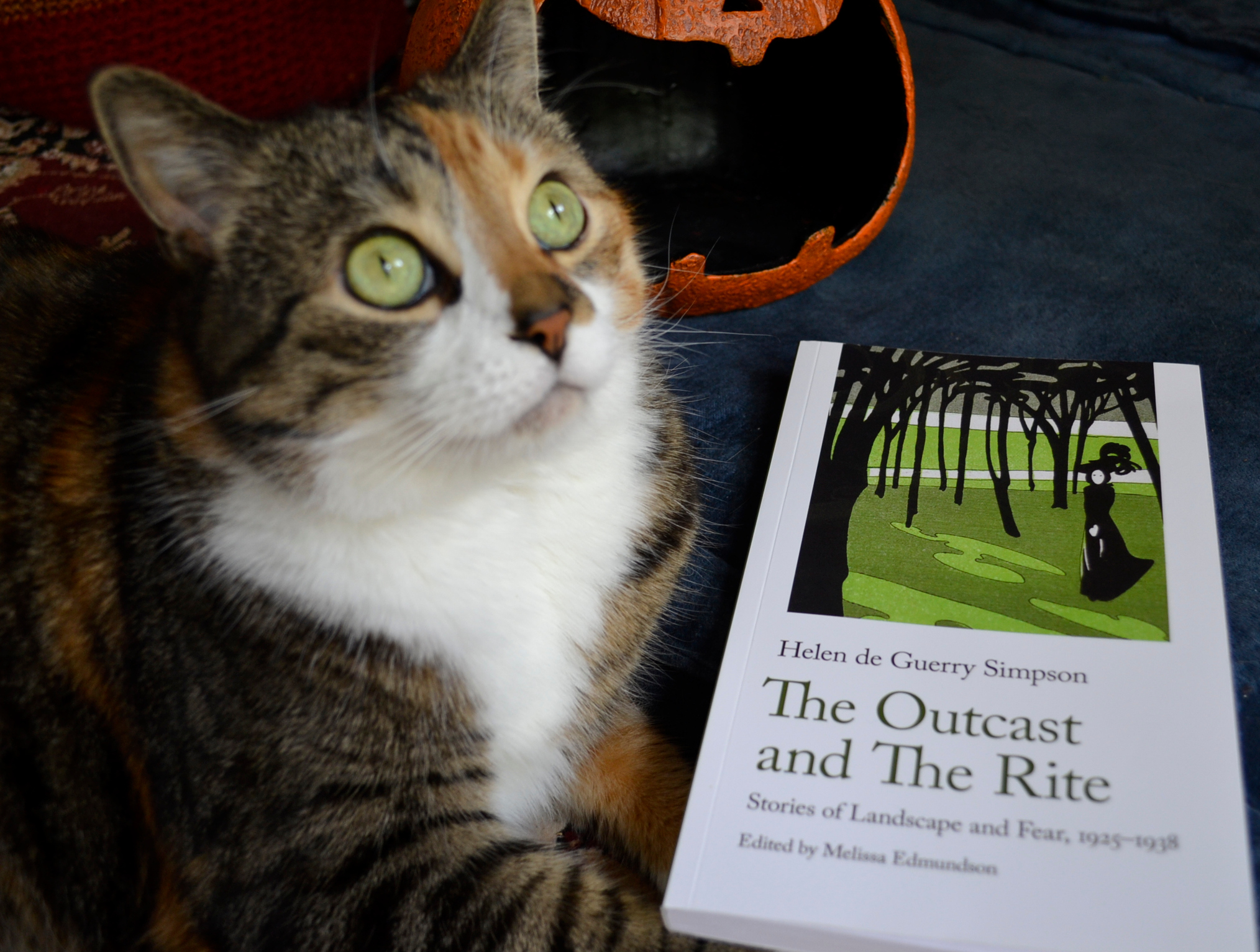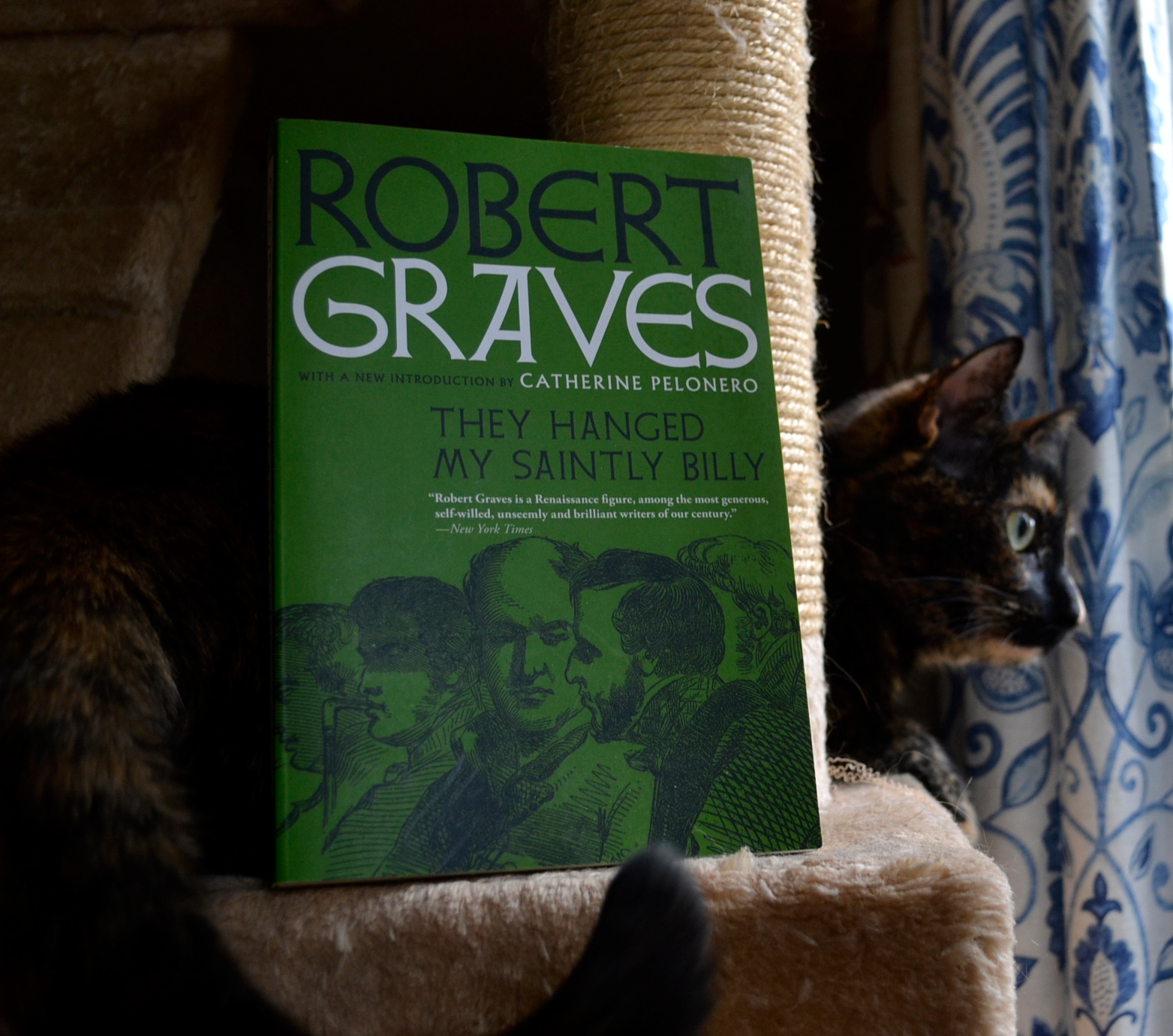A Pale View of Hills
A Pale View of Hills is a short novel — arguably a novella — that centres around a woman named Etsuko who was born in Japan but has ended up in the UK after leaving a marriage behind. Set partially in the present and partially in the past, Etsuko reflects on a friendship she had with a woman named Sachiko.
